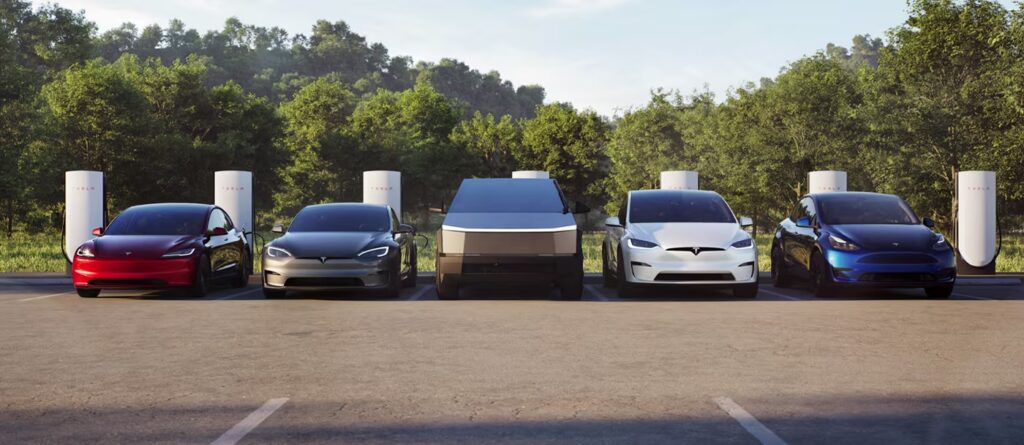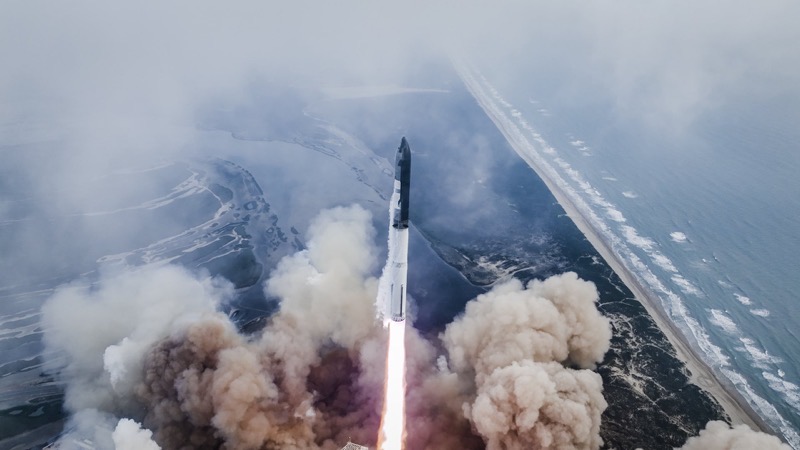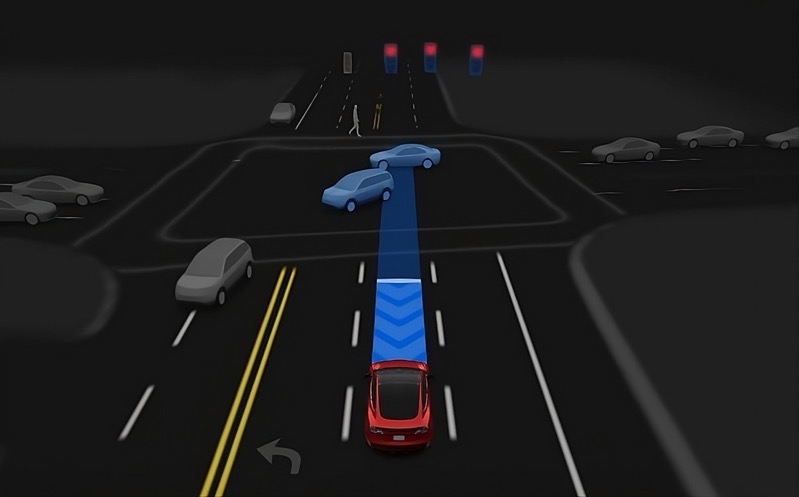
SpaceX Starship Flight: HD Video via Starlink at 27,000 km/h

Elon Musk’s SpaceX launched its third fight test of its Starship rocket on early Thursday, after receiving clearance from the FAA yesterday.
Starship is the biggest rocket ever made and consists of the Starship spacecraft itself with six Raptor engines and its Super Heavy rocket booster. This reusable transportation system is built to reach the Moon and eventually Mars, spanning 121 metres in height with a 9 metre diameter.
Super Heavy is powered by 33 Raptor engines and after sending Starship to low-Earth orbit, it is supposed to be able to land back on Earth on its own, similar to the company’s Falcon 9, used to launch Starlink satellites and more to space.
During today’s flight test, Starship successfully reached low-Earth orbit, after separating from Super Heavy, which descended to Earth but was not recovered as it had a planned water landing in the Gulf of Mexico.
While in space, Starship was able to test its “Pez” dispenser payload door, a rectangular opening that will soon shoot out Starlink satellites in the future like candy. Starship then started its descent back to Earth, hitting the atmosphere, all while being live-streamed thanks to Starlink satellite internet.
For the first time ever thanks to the Starlink terminals on Starship, we were able to see a plasma field hitting the latter upon re-entry into the atmosphere. Plasma is like a super hot gas that forms when friction against air ramps up to the point of causing a tremendous amount of heat.
Starlink was still working fine during this plasma field, at 27,000 km/h, in high definition video. It was pretty impressive:
Reliable high-speed, low-latency internet around the world—even while traveling at 27,000 km/h through a plasma field 🛰️🚀 https://t.co/FPELfpWq6M
— Starlink (@Starlink) March 14, 2024
Starship was planned to land in the Indian Ocean but the company never expected the spacecraft to make it this far into the third flight test, actually being able to re-enter the atmosphere.
“While our team reviews the data collected from this flight, Starship and Super Heavy vehicles are preparing for upcoming flights as we seek to increase our launch cadence throughout the year,” said SpaceX today.
“This rapid iterative development approach has been the basis for all of SpaceX’s major innovative advancements, including Falcon, Dragon, and Starlink. Recursive improvement is essential as we work to build a fully reusable transportation system capable of carrying both crew and cargo to Earth orbit, help humanity return to the Moon, and ultimately travel to Mars and beyond,” said the company.
Check out the full launch replay below:
Watch Starship’s third flight test → https://t.co/bJFjLCiTbK https://t.co/1u46r769Vp
— SpaceX (@SpaceX) March 14, 2024

